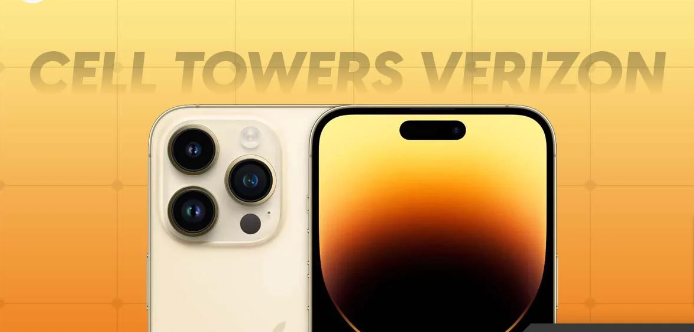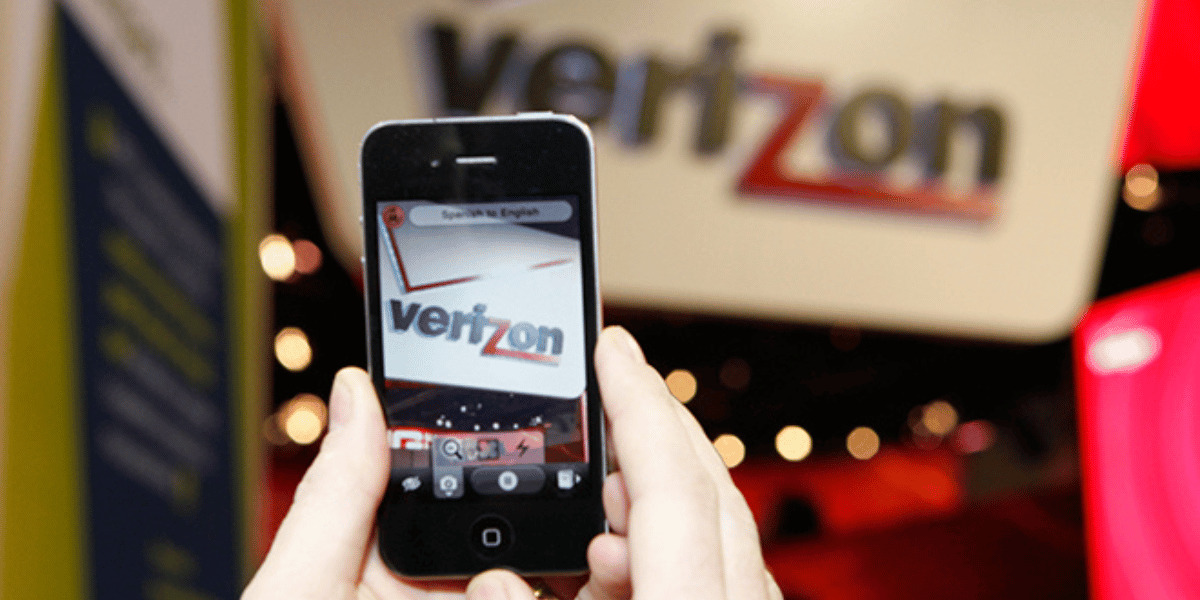If you’re experiencing connection problems or frequently losing your signal, the best course of action is to update your Verizon iPhone’s cell tower settings. These updates are typically provided by the original carrier, such as Verizon, T-Mobile, or Virgin. While we’ll primarily focus on Verizon in this guide, the process is quite similar for other carriers.
Keeping your carrier settings up-to-date can be highly advantageous, as it allows you to access new features and improvements offered by Verizon. For instance, if you didn’t have access to VoLTE (Voice over LTE) before, updating your carrier settings should make it available. Usually, carrier settings are automatically downloaded and prompt you to update. If this isn’t the case for you, this guide will help you navigate the process. Let’s dive right in.

Why Do You Need to Update Cell Towers in Verizon iPhone?
In contrast to countries that utilize GSM communication, Verizon iPhones operate on the traditional CDMA network. Consequently, keeping your cell towers updated is essential to ensure optimal performance and consistent network connectivity in all areas.
In more severe scenarios, you might experience strong network reception in one part of your home, only to encounter significant signal drop when you move to another area. This inconsistency can be attributed to the lack of cell tower updates. On the bright side, updating them eliminates such issues.
Additionally, if your carrier introduces new features like VoIP or VoLTE, updating your Verizon iPhone’s cell towers is the sole way to access these advancements. Neglecting these updates could lead to persistently poor network conditions and unreliable signals. Therefore, it’s in your best interest to promptly update your cell towers whenever you encounter network problems.
How To Update Cell Towers Verizon iPhone | Verizon Tower Update Code
Under ideal circumstances, when a cell tower update becomes available for your Verizon iPhone, you’ll receive a prompt to install it. If you don’t receive a prompt, you’ll need to manually search for and install the update. In the event of any issues, you may also need to reset the cell towers. Below, we provide a detailed explanation of these processes.
Your carrier might release a cell tower update as needed. So, if you have an available update in pending status, follow these steps to complete the update:
- Open your Settings.
- Tap on General.
- Select About.
- If a Carrier update is pending, you’ll find it here. Follow the on-screen instructions to download and install the update.
If you’ve recently installed an eSIM that isn’t from Verizon, follow these steps:
- Open your Settings.
- Tap on General.
- Select About.
- On the About page, locate Carrier and tap on it.
- You will see a notification indicating a Carrier update is available. Click on “Install” to initiate the download and installation process.
How to Update Cell Towers on the Latest iPhones?
If you own one of the latest iPhone models, ranging from the iPhone 12 to iPhone 14, manual carrier settings updates are typically unnecessary. These iPhones are designed to handle this process automatically.
All you need to do is restart your phone, and the carrier settings will be updated without any extra effort. In some cases, simply toggling on and off the flight mode can achieve the same result. Additionally, it’s worth noting that recent iPhone models often eliminate the need for manual cell tower updates due to the emergence of 5G and other advanced technologies.
Carrier updates are usually delivered through regular phone updates, and once you’ve installed them, you can rest assured that your iPhone, even if it’s a Verizon device, will manage cell tower updates seamlessly.
How to Reset Cell Towers in Verizon iPhone?
If you’re encountering persistent network issues such as signal drops or fluctuations in internet speed on your Verizon iPhone, you may need to reset your cell towers. The process is straightforward, and you can follow these steps:
- Open Settings.
- Tap on General.
- Select Transfer or Reset iPhone.
- Tap on Reset.
- Click on Reset Network Settings.
- Enter your Passcode to confirm the operation.
After completing these steps, your carrier settings will be reset, addressing your network issues.
However, for owners of the latest iPhones, there’s no need for such a reset. Instead, you can simply activate Data Roaming by following these steps:
- Open Settings: Unlock your iPhone and find the “Settings” app, represented by a gear icon, typically on your home screen.
- Find Cellular (or Mobile Data): In the Settings menu, scroll down and tap on “Cellular” (or “Mobile Data,” depending on your region).
- Enable Data Roaming: Within the Cellular (or Mobile Data) menu, locate the option labeled “Mobile Data” and toggle the switch next to it to turn it on.
- Click on “Mobile Data Options” and tap the switch next to Data Roaming to enable it. The switch will turn green when it’s activated.
- Confirm: You may receive a pop-up message regarding potential roaming charges. Read the message and tap “Enable” if you wish to proceed.
This method allows you to reset carrier settings on your iPhone, applicable to both older and newer-generation devices.
Regarding the necessity of dialing *228 to update your Verizon phone:
- For 3G Devices: If you’re using an older 3G device, such as an older phone, you should indeed use *228 to update your phone’s network settings.
- For 4G LTE/5G Phones: If you’re using a newer 4G LTE/5G phone, there’s no need to dial *228 to update the Preferred Roaming List. This task is managed by the SIM card within your phone. In the case of an eSIM, you simply need to update your iOS Version.
In conclusion, this guide covers how to update cell towers on a Verizon iPhone. We hope it has been helpful, and if you still have any questions or concerns, please feel free to leave a comment below.
